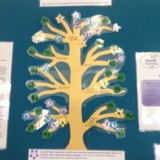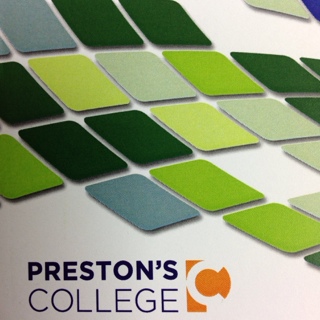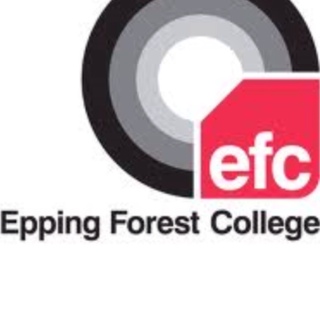Information
-
Audit Title
-
Client / Site
-
Conducted on
-
Prepared by
Introduction
-
Activity title
-
Page #
-
Connections
- Related to Page #
- Inspired by Page #
- Leading to Page #
-
Recorded by (teacher):
-
Programming type
-
Introduced on week beginning:
-
Day(s) of presentation / participation
- Monday
- Tuesday
- Wednesday
- Thursday
- Friday
-
Setting / environment
-
Participants:
-
Contributing / involved family (if applicable):
Activity outline
-
Aims
-
Materials / props
-
Presentation / lesson outline
Montessori Curriculum
-
Links to Curriculum Areas
- Practical Life
- Sensory
- Maths
- Literacy
- Art / drama
- Science
- Music
- Geography
- Zoology / Biology
- Botany / Nature
- Fine Motor
- Gross Motor
EYLF Learning Outcomes
-
Outcome #1: Children have a strong sense of identity
- children feel safe, secure & supported
- Children develop their emerging autonomy, interdependence. resilience & sense of agency
- Children develop knowledgeable & confident identities
- Children learn to interact in relation to others with care, empathy & respect
-
Outcome #2: Children are connected with & contribute to their world
- Children develop a sense of belonging to groups & communities & understanding of the reciprocal rights & responsibilities necessary for active community participation
- Children respond to diversity with respect
- Children become aware of fairness
- Children become socially responsible & show respect for the environment
-
Outcome #3: Children have a strong sense of well being
- Children become strong in their social & emotional wellbeing
- Children take increasing responsibility for their own health & physical wellbeing
-
Outcome #4: Children are confident & involved learners
- Children develop dispositions for learning such ad curiosity, cooperation, confidence, creativity, commitment, enthusiasm, persistence, imagination & reflexivity
- Children develop a range of skills & processes such as problem solving, inquiry, experimentation, hypothesising, researching & investigating
- Children transfer & adapt what they have learned from one context to another
- Children resource their own learning through connecting with people, place, technologies & natural & processed material
-
Outcome #5: Children are effective communicators
- Children interact verbally & non-verbally with others for a range of purposes
- Children engage with a range of texts & gain meaning from these texts
- Children express ideas & make meaning using a range of media
- Children begin to understand how symbols & pattern systems work
- Children use information & communication technologies to access information, investigate ideas & represent their thinking
Jescott 'Whole Child' philosophy
-
Links to elements of 'Whole Child'
- Heart
- Mind
- Hands
- Body
- Ears
- Eyes
- Mouth
Evidence
-
Photos
-
Work samples
-
Family communication / feedback (in addition to Learning Together board & book)
- Verbal communication
- Inclusion in Individual Portfolio
- Demonstration / display
- Presentation / visit / involvement
- Partnerships & Participation feedback forms
Connections
-
Horizontal planning (connecting learning)
-
Vertical planning (extending learning)
-
Reflections
-
Additional links (if relevant)











